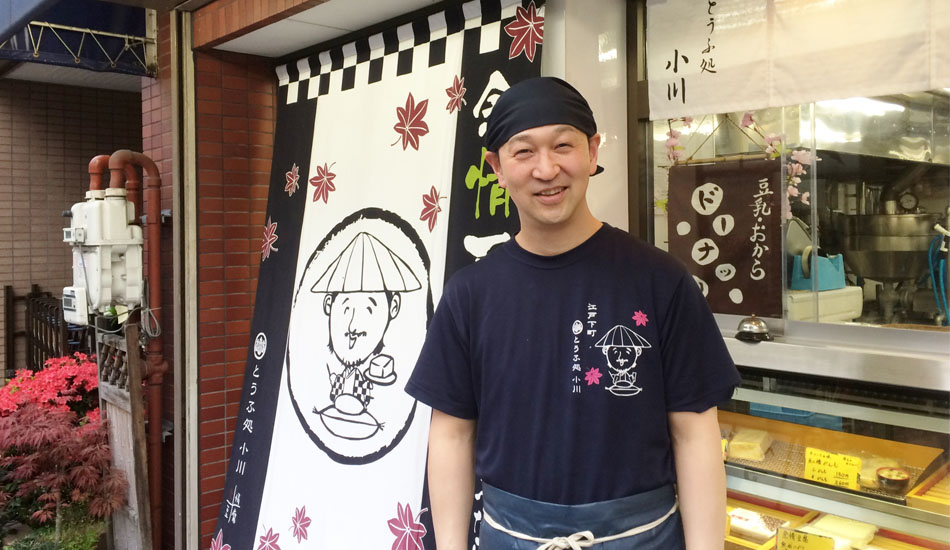Full Of Beans at Tofu Dokoro Ogawa
Published: April 27, 2017
On a quiet backstreet in the residential area of Minami Sunamachi, tofu maker Mr.Ogawa is upholding the ancient tradition of tofu making in Japan. Born into the family business, he grew up helping his grandfather and father in the shop before leaving the world of soybeans for the world of clothing. After many years in the apparel business he, his wife and young family returned to Koto-ku to take up the challenge of bean curd manufacture.”I wanted to be a craftsman and make good, healthy food for people to eat,” he says.
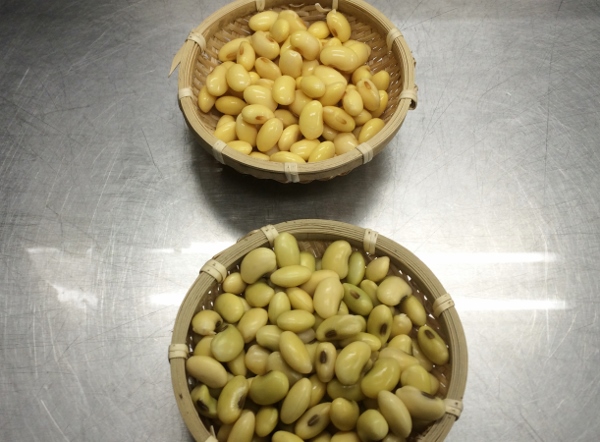
The secret of tofu is in the beans and Mr.Ogawa sources his from a variety of areas, selecting only the most special quality ones. The beans have individual flavours depending on their place of origin, some sweet, some dry and some fresh-tasting. It’s a matter of trial and error to find the best combinations for different kinds of tofu. In addition, he uses a bittern ( nigari in Japanese ), a coagulant made from evaporated seawater and rich in minerals such as magnesium, from places such as Izu and Kochi.
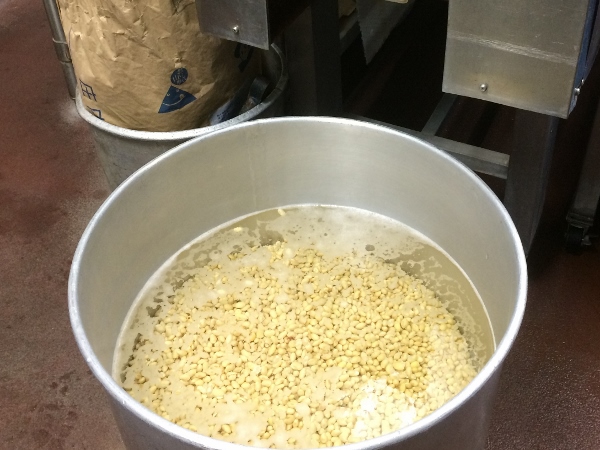
The tofu-maker’s life is a hard one. The beans are delivered fresh in the small hours of the morning and the process is labour intensive, soaking, grinding, rolling and demands constant attention. After making the tofu the machinery has to be cleaned and the whole process begins again. There are only 16 tofu shops still in business in Koto-ku and few make tofu in the traditional way with bittern.
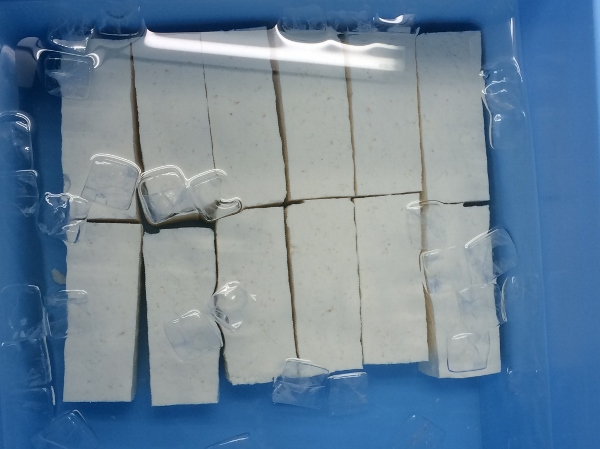
The proof is in the pudding, as they say, and Mr.Ogawa’s tofu is exceptional. The creamy, soft consistency is firm but yielding and the flavour is rich, round and deep. “I like it best in the chilled hiyayakko style” says Mr.Ogawa, “With ginger, myoga ginger, negi ( long onion ) and a dash of soy sauce. Or in niku dofu, with thin sliced beef, long onions, soy sauce and a touch of sugar. Deep-fried agedashi tofu is tasty as well, of course”.
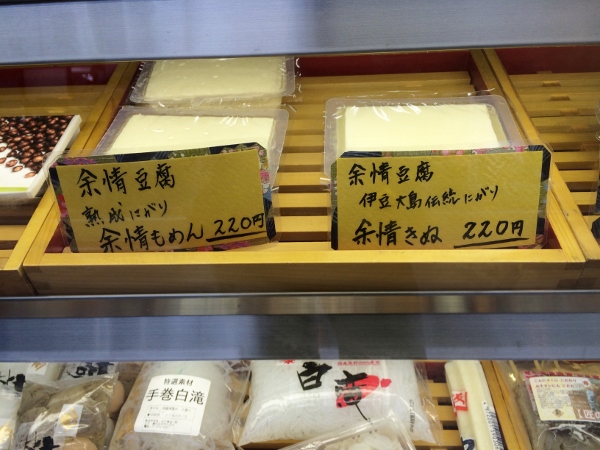
Both Mr.Ogawa and his wife look years younger than their age, attributing their youthfulness to a daily diet of tofu, soy milk and soybean products. Unfortunately the number of traditional tofu-makers in Japan is declining rapidly and there are only around 300 still in business in Tokyo. Hopefully the increase in interest in healthy, natural food in recent years will stem that decline. Once you taste it you’ll know there really is no substitute for traditional handmade tofu. If you’re in the area, check out Mr.Ogawa’s shop and take home some of his silky smooth tofu – your taste buds and your skin will thank you.
Story and Photos by Stephen Spencer

